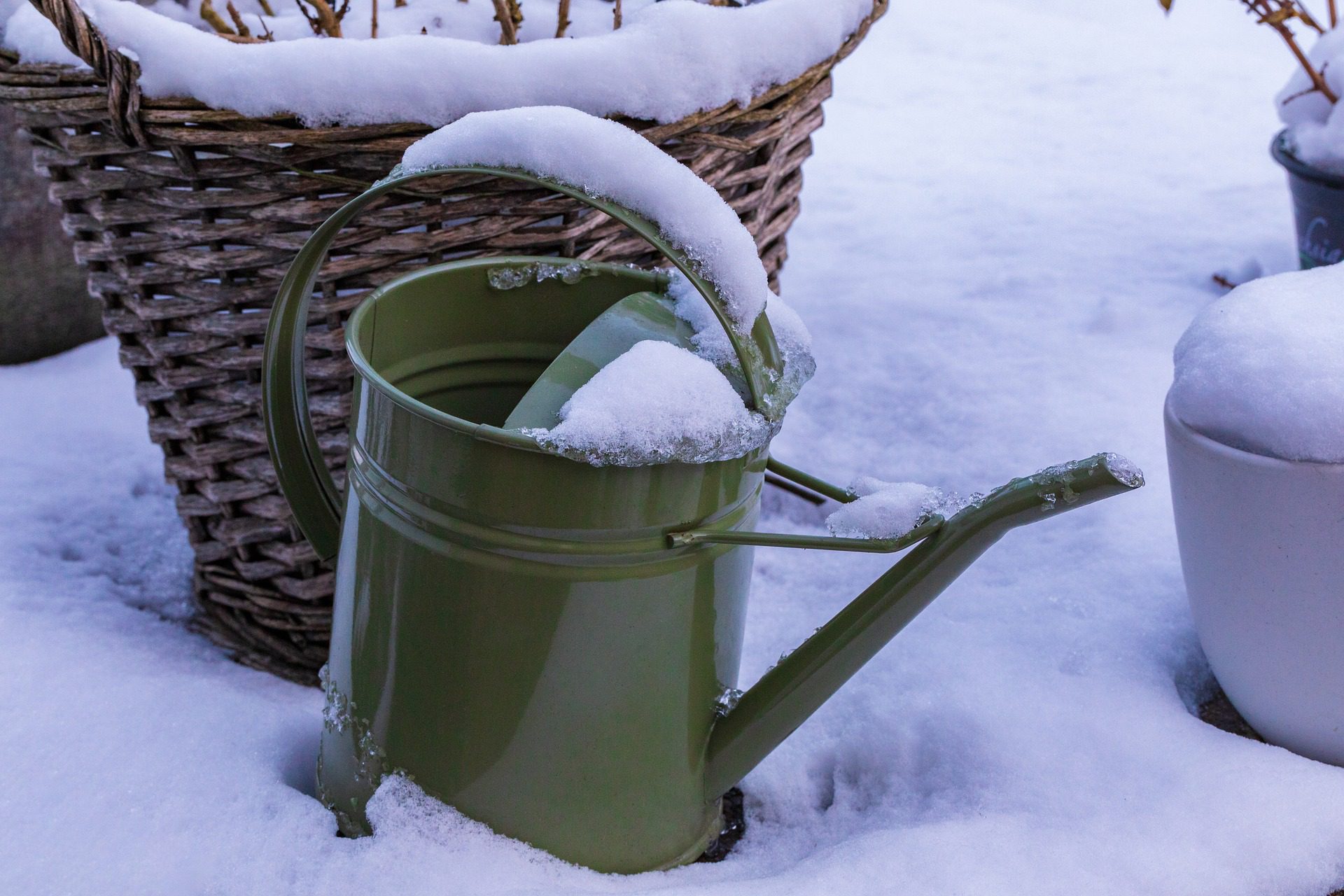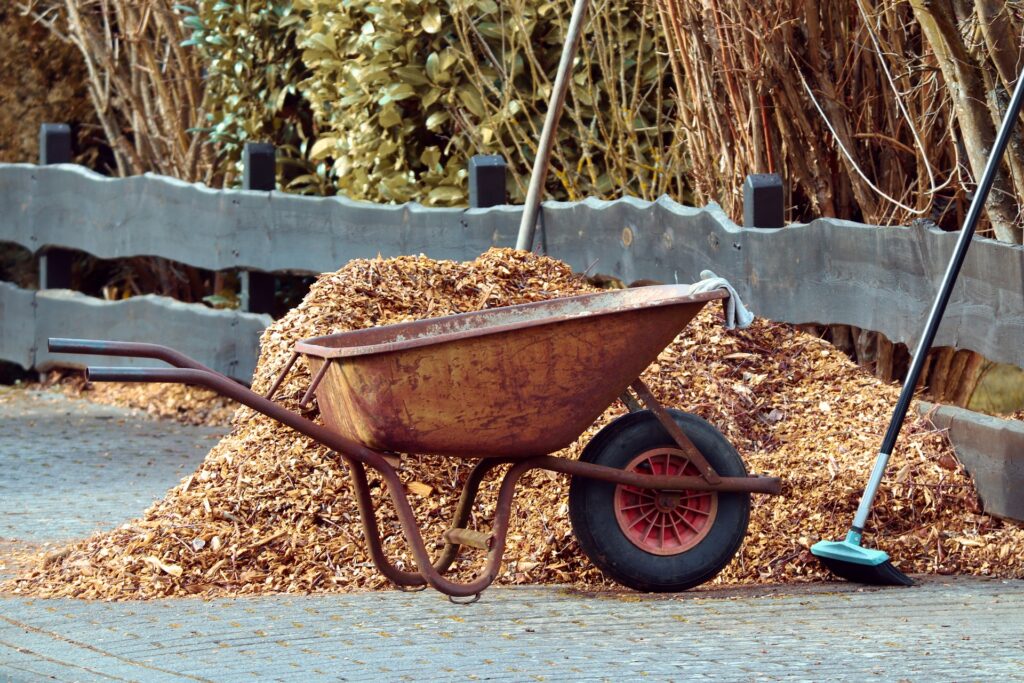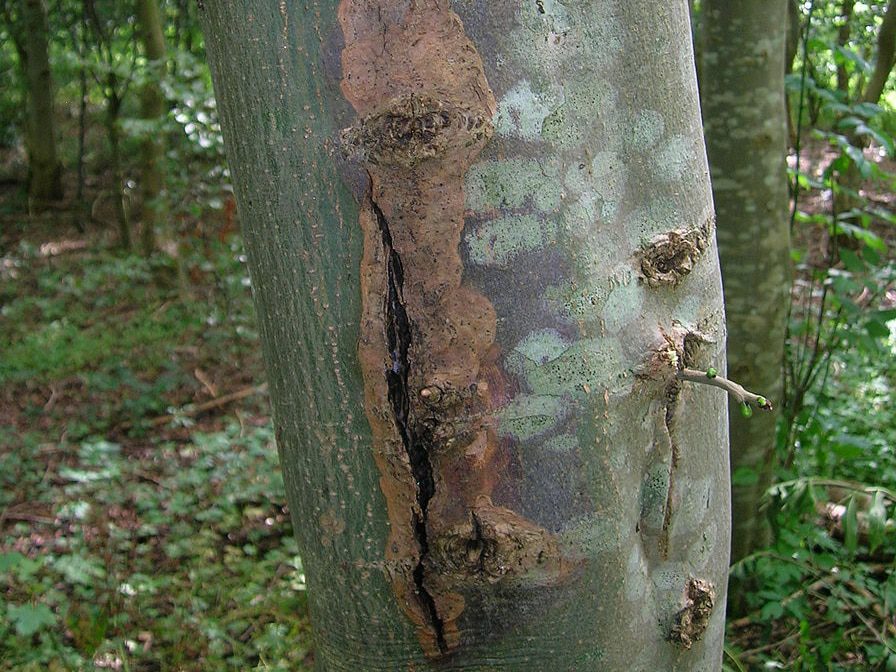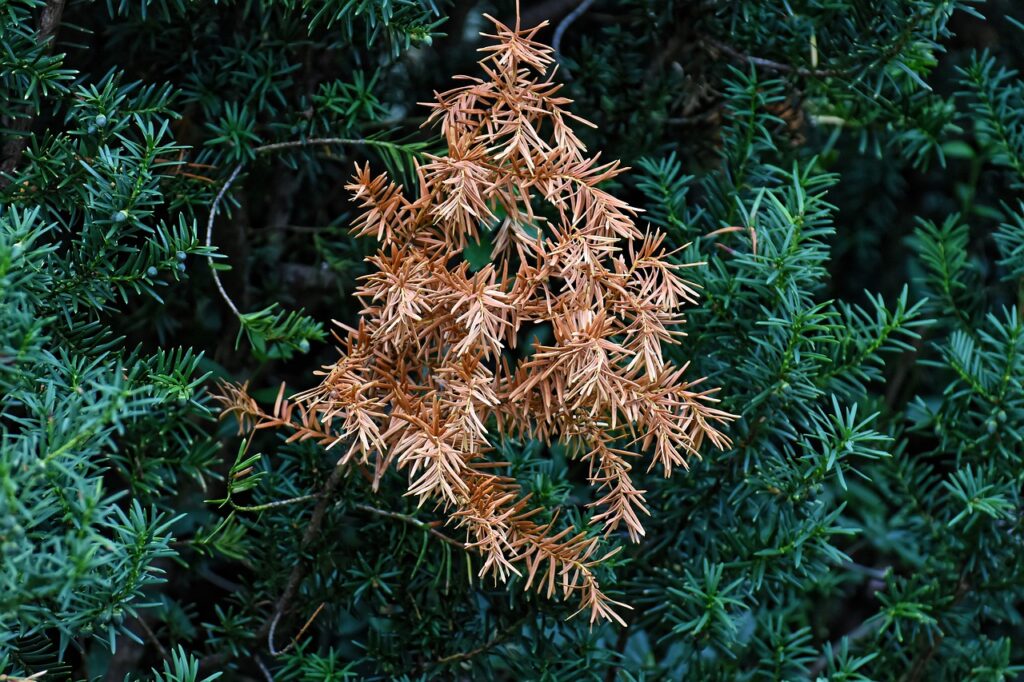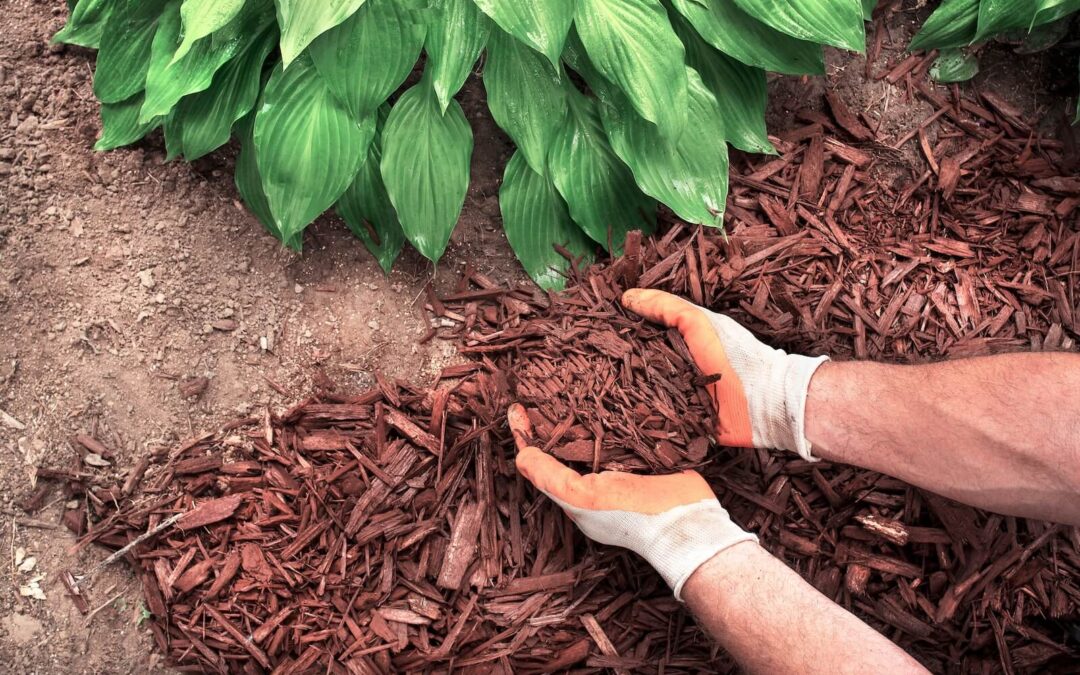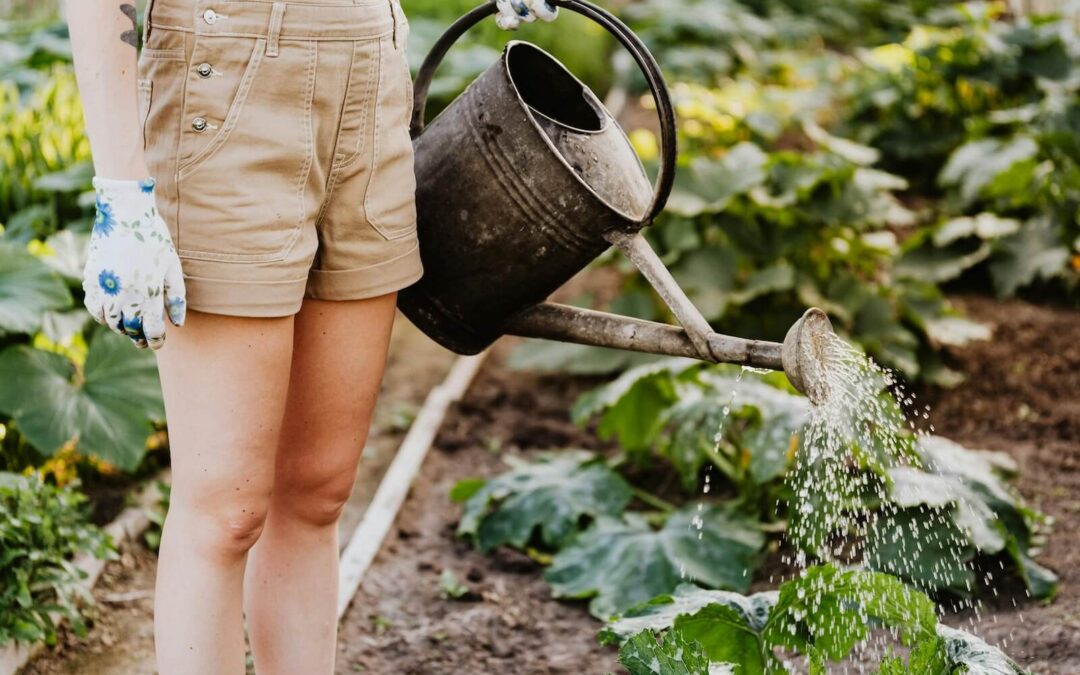As winter creeps in this year and snow begins to dust the West, it’s important to consider the toll this cold weather will take on your trees and shrubs. Proper winter tree and shrub care are vital to the overall look and appeal of your landscape once the snow starts to melt and shoots of green peek through the soil.
Below are our Top 5 Recommendations for Winter Landscape Care to ensure your trees and shrubs are in top form.
Recommendation 1: Winter Watering

Watering during the winter is critical for the health of your trees and shrubs, even if those plants are dormant. Under-watered trees and shrubs suffer dramatically in the springtime if watering is not taken care of during the colder months.
Always make sure the snow around the base of the tree or shrub has melted before watering. The melted snow will seep into the soil and provide the roots with water. Watering on top of snow will result in a frozen layer of ice on top of the snow that can suffocate plant roots. A good rule-of-thumb is to never water trees or shrubs when the temperature is at or below 40 degrees F.
Because trees and shrubs enter dormancy in the colder months, watering should be less frequent. For newly planted small shrubs, 5 gallons of water per month during the winter is recommended, whereas trees and shrubs over 6 ft. tall should receive 18 gallons of water per month.
Recommendation 2: Winter Pruning
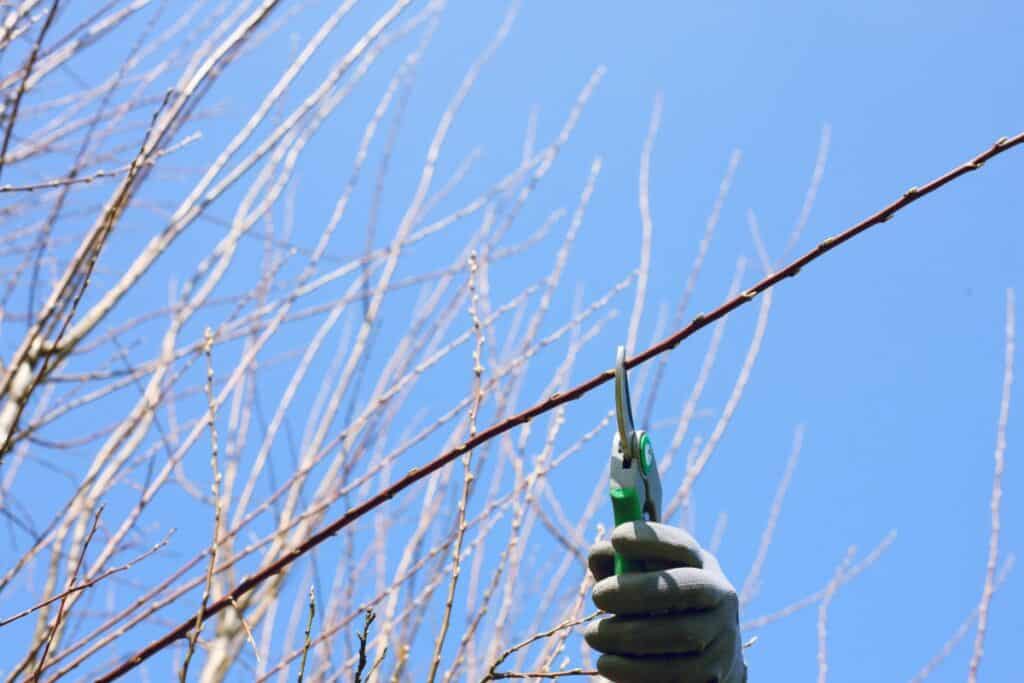
Look for branches that are growing towards the ground or crossing paths with other branches. Pruning takes precision and knowledge. We recommend contacting your landscape professionals to tackle this task. They have the tools, knowledge and artistry, and they can identify any potential issues that might affect the health of the tree.
Recommendation 3: Mulching and Composting
Lower temperatures cause the topsoil to temporarily freeze during winter. Spreading wood mulch or compost is a great way to trap heat beneath the soil for your trees and shrubs. For compost, make sure to use a fully mature compost blend without any chunks of food scraps. A wood mulch of any kind will do just fine, so long as the mulch is spread evenly.
Placing mulch or compost around the base of the tree will lock in heat through the winter and offer a jump start for your trees and shrubs in the spring!
Recommendation 4: Preventing Winter Sunburn
Tree ‘sunburn’ is caused by a lack of water in the bark layers due to cold temperatures. When the sun is shining on the bark for multiple hours a day, the bark may begin to dry out and peel back leaving the inner layers of the tree exposed to insects and diseases.
The best way to reduce the chances of sunburn is by wrapping the tree trunk and main branches in ‘tree tape’ or white plastic wrap. These wraps can be found online or at your local garden center, or you can contact your property care professionals to handle the job.
Recommendation 5: Evergreen ‘Browning’ Prevention
Much like sunburn, browning happens when the leaves are exposed to sunlight without enough water to balance the plant’s photosynthesis rates. The best way to combat evergreen browning on your newly planted or young plants is to wrap them in burlap. It may seem outlandish but wrapping your entire evergreen will allow a quick and painless bounce back from dormancy come springtime.
[ap_divider color=”#CCCCCC” style=”solid” thickness=”1px” width=”100%” mar_top=”20px” mar_bot=”20px”]
When caring for your landscape, understanding, ability, and experience are key. Lifescape Colorado brings this trifecta to properties across Colorado. We combine more than 40 years of experience with a dedicated team of landscape architecture professionals and property care experts, into one of the most trusted names in landscape design and care in the United States. To inquire, please contact us at info@lifescapecolorado.com or call at (303)-831-8310.

